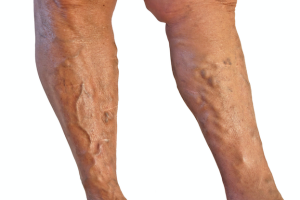-
Can sun exposure cause varicose veins?
Posted on September 5, 2017 by Vein Admin in varicose veins There are a lot of myths out there about varicose veins, and some individuals who suffer from venous insufficiency might feel their symptoms worsen after periods of prolonged sunlight.
There are a lot of myths out there about varicose veins, and some individuals who suffer from venous insufficiency might feel their symptoms worsen after periods of prolonged sunlight. So is there a direct link between sun exposure and varicose veins?
It’s true that sun exposure may increase the risk of smaller spider veins around the nose and cheeks of fair-skinned individuals because those areas often get more sun exposure than other parts of the body.
But while spider veins and varicose veins are often lumped together for treatment purposes, there’s no link between getting suntans or sunburns and the development of varicose veins.
However, it is true that prolonged heat does affect diseased veins and may cause symptoms to worsen, especially in the summertime. That’s because, in warmer temperatures, the veins dilate, enlarge, and become filled with more blood. The increased blood flow can make varicose veins look bigger because they’re engorged and closer to the skin.
It’s worth noting that other sources of prolonged heat – such as hot tubs, saunas, or heating pads – may also increase discomfort.
Varicose veins often develop for hereditary reasons, and commonly occur during pregnancy or hormonal changes. Age and profession (jobs that require long periods of standing) also play a factor.
While there’s no link between sunlight and varicose veins, too much ultraviolet radiation can break down skin cells, collagen, and blood vessels near the surface of the skin. That’s why it’s important to take steps to limit sun exposure, such as wearing a large-brimmed hat and applying sunscreen that’s no less than SPF 30 on a regular basis.
Vein Specialists of southwest Florida, with offices in Fort Myers and Bonita Springs, provides state-of-the-art services for the treatment of varicose veins, spider veins, and other vein disorders. To contact a vein specialist, visit their website or call 239-694-VEIN (8346).





